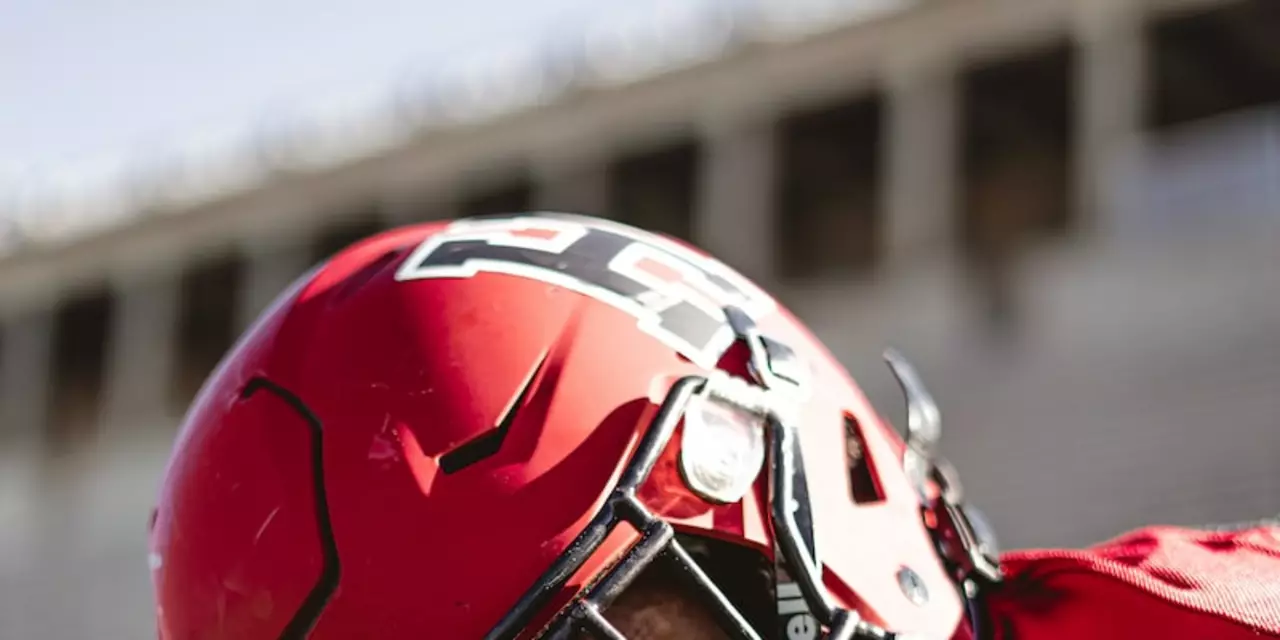Requirements in Sports – What Fans, Players and Organisers Must Know
If you’re a fan planning a trip, an athlete preparing for a season, or an event organiser seeking approval, the word “requirements” shows up everywhere. Knowing the basics can keep you safe, avoid costly mistakes and make the experience more enjoyable. Below we break down the most common rules and guidelines you’ll run into, using real‑world examples from recent news.
Safety requirements for travelling supporters
When Celtic headed to Belgrade for the Europa League clash, the club released a strict safety guide. Fans were told to avoid wearing team colours in the city centre, to use club‑arranged transport, and to stick to a tight stadium‑entry schedule. These steps weren’t about fashion – they were there to reduce the risk of clashes with local fans and keep everyone out of trouble. The same principle applies to any away game: follow local advice, stay in designated transport, and respect any colour or banner restrictions.
Event requirements and community concerns
Outside the stadium, event organisers face their own set of rules. A Harry Potter‑themed attraction in Vancouver’s Stanley Park is under review because of concerns about the author’s public stance on transgender rights. The park board is weighing the reputational risk against the attraction’s potential revenue. This shows that event approvals often require a look at public perception, contractual clarity and alignment with community values. If you’re pitching a sports‑related event, be ready to answer questions about cultural impact and stakeholder approval.
Financial requirements matter too. The WNBA runs at a loss every year, yet it stays afloat thanks to sponsorship deals, broadcast contracts and support from the NBA. Those partnerships act as a financial safety net, allowing the league to keep operating despite negative cash flow. For any sports league, understanding where money comes from – TV rights, sponsors, ticket sales – is a core requirement for sustainability.
Health and safety obligations extend to the sport itself. College football’s surge in high‑scoring games isn’t just about flashy offenses; rule changes now favour passing plays and limit defensive contact. Coaches must adapt their training programs to meet new speed and safety standards, while players need to meet conditioning requirements that keep them injury‑free. Ignoring these evolving rules can lead to penalties or even player suspensions.
Finally, everyday sport participants benefit from low‑impact, lifelong activity guidelines. Swimming, cycling and walking are repeatedly recommended because they place minimal stress on joints while still delivering cardio benefits. If you’re looking for a sport you can keep doing into retirement, aim for activities that meet the “low‑impact” requirement and fit into your lifestyle.
In short, whether you’re packing a suitcase, planning a festival, or running a league, the right requirements keep things running smoothly. Keep an eye on official guidelines, stay flexible, and always ask: what rule am I missing? By answering that question, you’ll avoid headaches and get more out of every sports experience.
How good do you have to be to play college football?
- Kellan Hartford
- February 7, 2023
- 0 Comments
Playing college football is a dream for many aspiring athletes. To do so, players must meet certain standards of good physical, mental, and emotional health. Additionally, they must demonstrate athletic ability, knowledge of the game, and be of good character. Coaches also look for players who are coachable and willing to put in the hard work necessary to be successful. Ultimately, it is up to the individual coaches to decide who is good enough to play college football.
read more